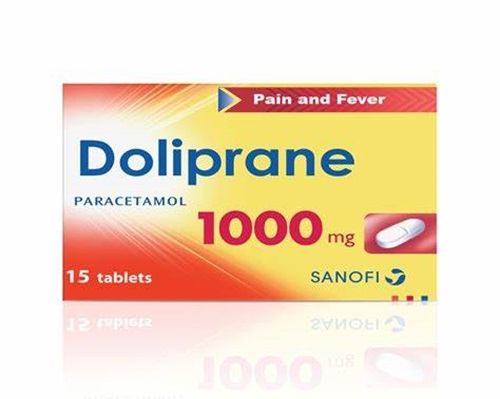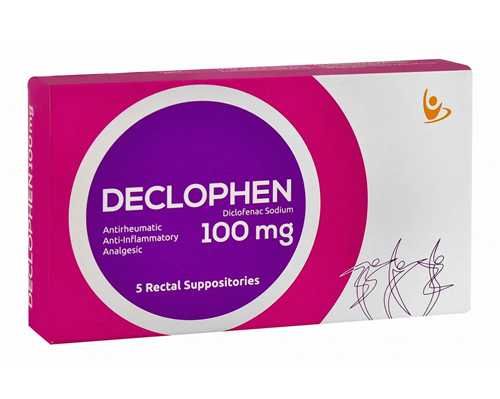Description
Trade name:
Voltaren
Compound:
Each tablet contains:
Diclofenac sodium – 50 mg.
Excipients: cetyl alcohol, magnesium stearate, povidone, colloidal silicon dioxide anhydrous, sucrose, hypromellose, iron oxide red, macrogol 8000, polysorbate 80, talc, titanium dioxide, iron oxide black.
Properties:
Diclofenac sodium belongs to non-steroidal drugs with pronounced antirheumatic, analgesic, anti-inflammatory and antipyretic properties.
Indications:
Inflammatory and degenerative diseases of the musculoskeletal system: rheumatoid arthritis, ankylosing spondylitis, osteoarthritis and spondyloarthritis, back pain, extra-articular rheumatism, post-traumatic and post-operative pain syndromes accompanied by inflammation and swelling, including after dental or orthopedic surgery; gynecological diseases accompanied by pain syndrome and inflammation, such as primary dysmenorrhea and adnexitis.
Method of administration and dosage:
For oral administration. Tablets should be swallowed whole with plenty of liquid, during meals. For adults, the recommended minimum dose is 100-150 mg, given as 1 tablet of 100 mg. In milder cases, as well as with long-term therapy, a dose of 75 to 100 mg per day is effective. If symptoms are most pronounced at night or in the morning, 75 and 100 mg tablets should be taken, preferably in the evening.
Contraindications:
Childhood; hypersensitivity to any component of the drug, aspirin; severe cardiac, hepatic, renal failure; bradycardia, severe arterial hypotension; gastric bleeding; pregnancy, lactation.
Precautions:
In case of liver diseases, the drug should be discontinued. Patients with heart and vascular disorders should be under the supervision of a physician during therapy. Weak and elderly patients, patients with low body weight should use minimal therapeutically effective doses. Before prescribing the drug, it is necessary to undergo a clinical examination of patients with peptic ulcers; with a history of intestinal bleeding; with liver and kidney damage, including in the history; with high blood pressure. In asthma, hay fever, acute and chronic respiratory pathologies, in patients with nasal polyps, taking the drug can cause asthmatic attacks. Treatment of these conditions is symptomatic.
Side effects:
Headaches, dizziness; vertigo; tachycardia/bradycardia, arterial hypertension, arrhythmia, heart failure; abdominal pain, vomiting, cramps, flatulence, nausea, diarrhea, dyspepsia; fluid retention, edema; rash, Quincke’s edema.
Storage method:
Keep out of reach of children at a temperature not exceeding 30 degrees.









